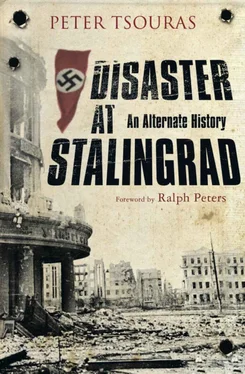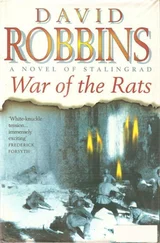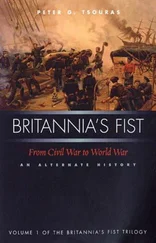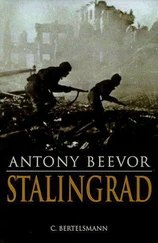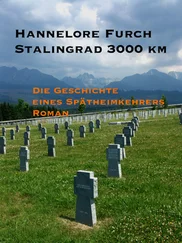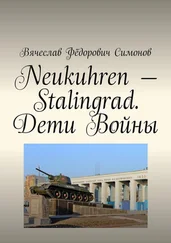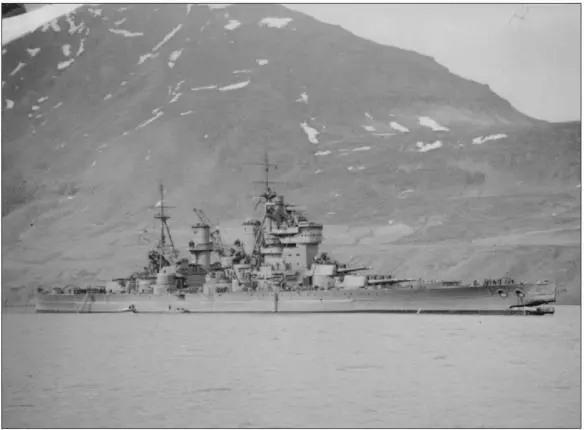
Flagship of the Allied naval force protecting PQ-17, the battleship HMS King George V .
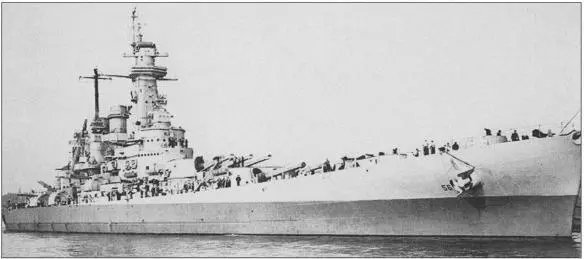
The USS George Washington finally finished off the German battleship Tirpitz .
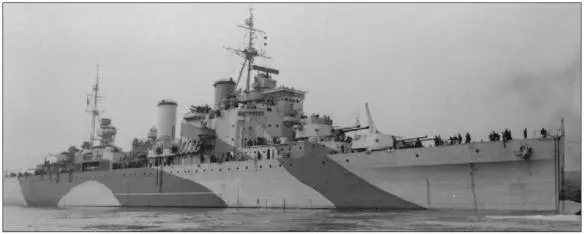
HMS London , flagship of the Allied Cruiser Covering Force for PQ-17.
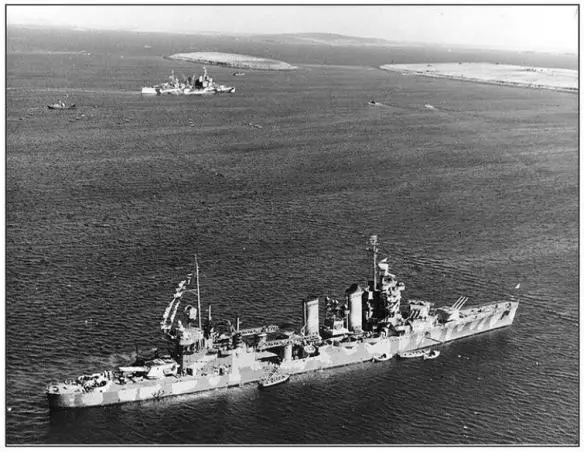
The USS Tuscaloosa at anchor in the British base of Scapa Flow shortly before the PQ-17 operation.

The cruiser USS Wichita with the splashes of near misses from heavy enemy shells visible just beyond.
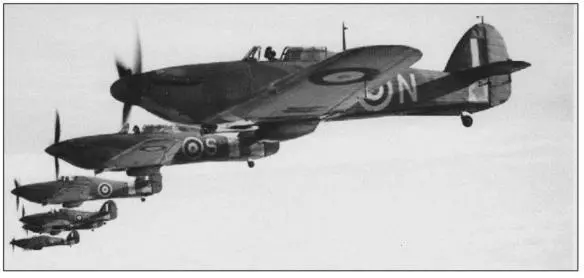
The Hawker Sea Hurricane was the Royal Navy’s fighter aboard HMS Victorious. The parent Hurricane type was already obsolescent by 1942.

The Royal Navy’s Fairey Albacore torpedo bombers on HMS Victorious were slow and obsolete.
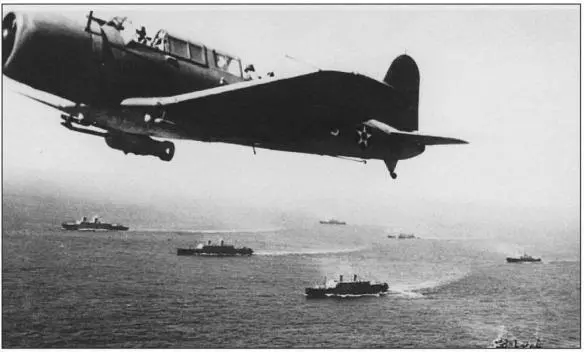
The Douglas TBD torpedo bombers aboard USS Wasp in 1942 were slow and already outdated by Pearl Harbor.

The Vought SB2U Vindicator dive bomber (USS Wasp ) was the US Navy’s first monoplane and already obsolete before the war started. It was no match for the Focke Wulf Fw 190.
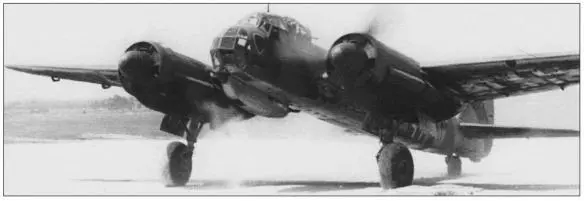
The Junkers Ju 88 bomber was fast and had the range to go after the Arctic convoys.
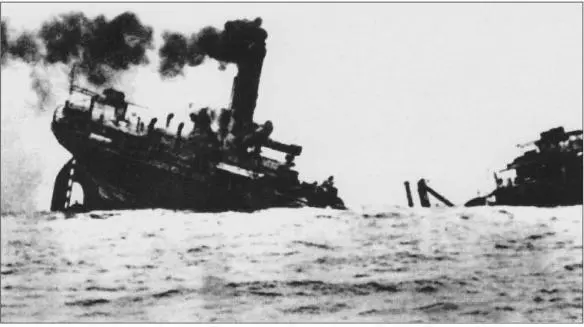
The American merchant ship SS John Witherspoon , sunk by U-255 in the Battle of Bear Island.

Convoy PQ-17’s thirty-five merchant ships in formation as they approach Bear Island.
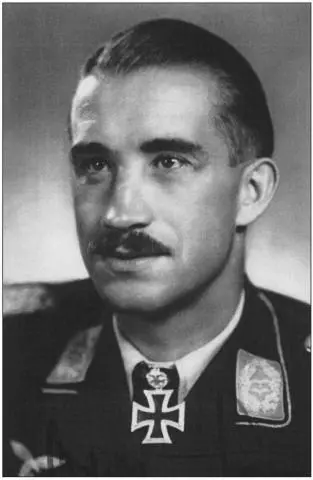
General der Jagdflieger Adolf Galland coordinated the Luftwaffe forces at the Battle of 20° East.
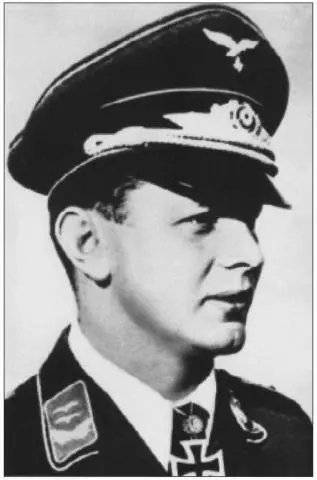
Captain Josef ‘Pips’ Priller’s Focke Wulf Fw 190s were the terror of the Battle of 20° East.
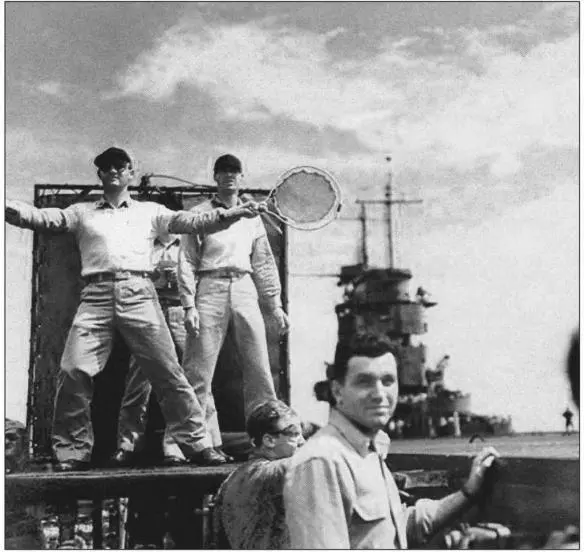
Lt. David McCampbell, here doing duty as deck landing officer, shot down six German aircraft at the Battle of 20° East, earning the title of ace, and went on to become the US Navy’s top ace of the war in the Pacific.
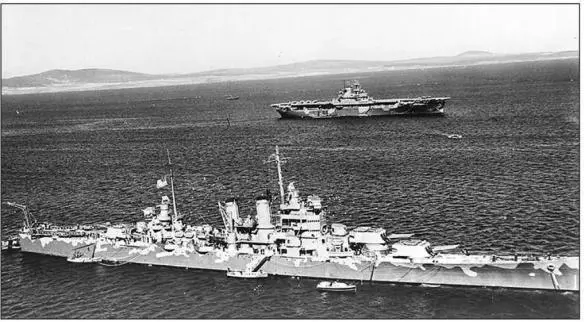
The carrier USS Wasp (behind) and the cruiser USS Wichita in the British fleet base at Scapa Flow in the late spring of 1942.
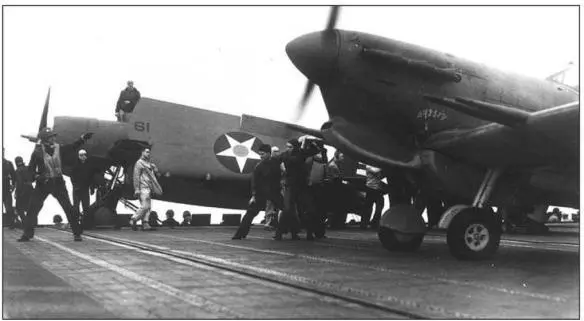
Lt. McCampbell (left) waves off an RAF Spitfire from the flight deck of the USS Wasp during the Malta mission that preceded convoy PQ-17.
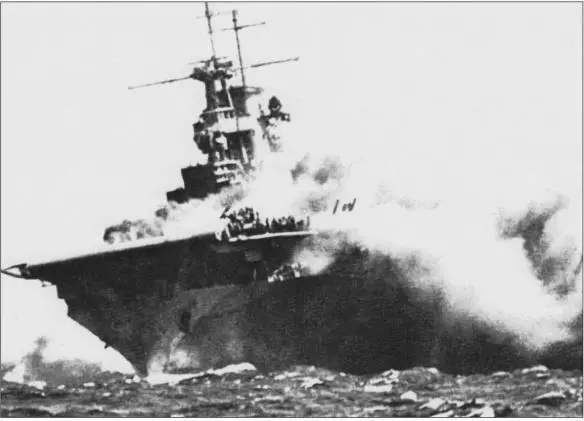
USS Wasp mortally wounded by dive-bomber attack in the Battle of 20° East. The Wasp’s teak deck offered no protection, unlike the armoured decks of British carriers.

Maj. Gen. Henning von Tresckow, Chief of Staff, 6th Army, and major figure in the plot to kill Hitler and destroy National Socialism’s dictatorship.
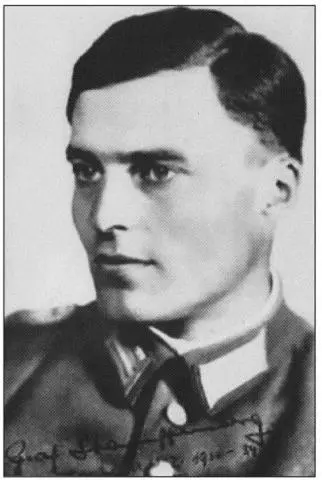
Claus Schenk Graf von Stauffenberg, though promoted by Hitler, was determined to kill his benefactor for the sake of Germany’s soul.
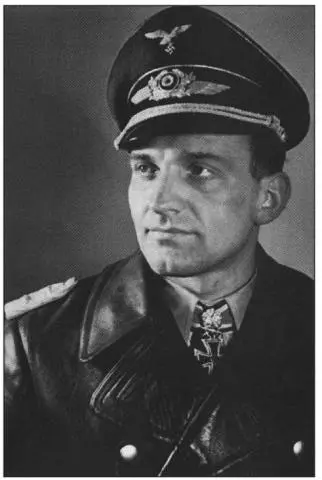
Major Hans Ulrich Rudel, an ardent Nazi and the deadliest of all the Stuka pilots, left a long trail of destroyed Soviet tanks from the Caucasus to Stalingrad.
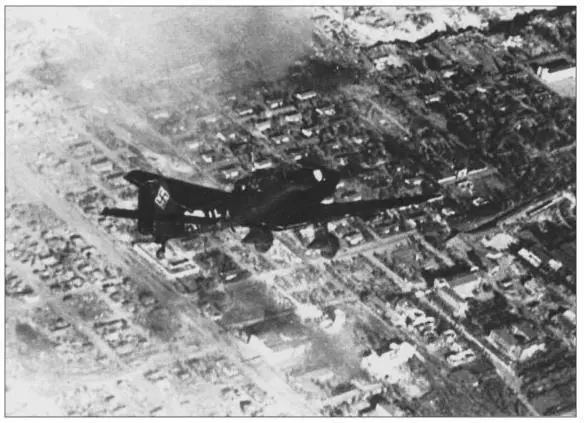
A Stuka of Luftflotte 4 hangs over Stalingrad, tormenting its defenders, until Chuikov’s close-combat tactics reduced the effectiveness of the German air support.

The brutal air raid on Stalingrad that killed thousands of civilians and opened the battle.
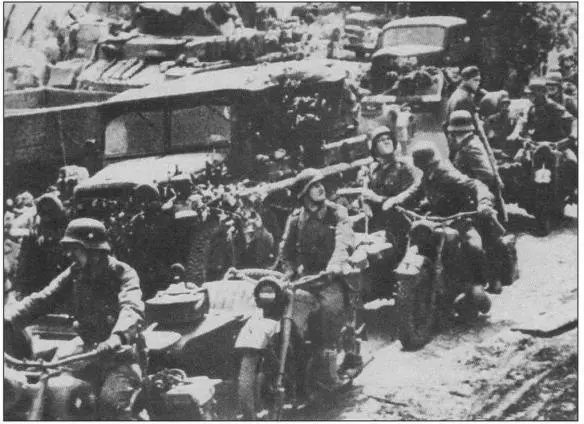
German 6th Army troops watching the air attack on Stalingrad as they approach the city.
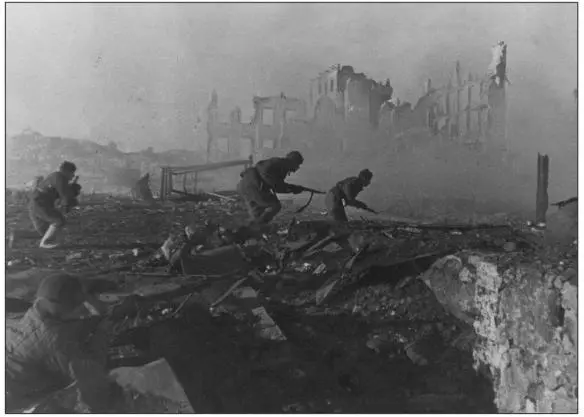
Red Army men on the attack amid Stalingrad’s ruins. Chuikov’s superiors provided a steady stream of reinforcements to keep the battle going.
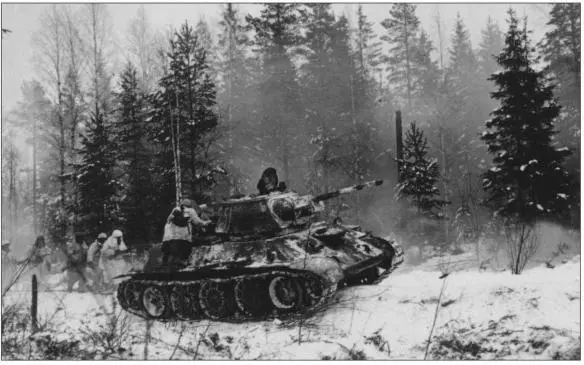
Soviet tanks and infantry in the encirclement of 6th Army.
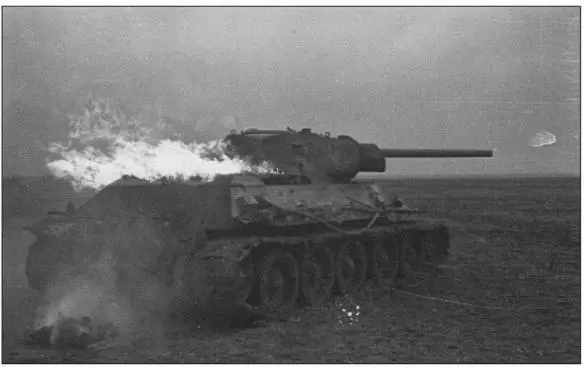
One of many T-34s destroyed in the Totenritt bei Leninsk that cleared the way for the fall of Stalingrad.
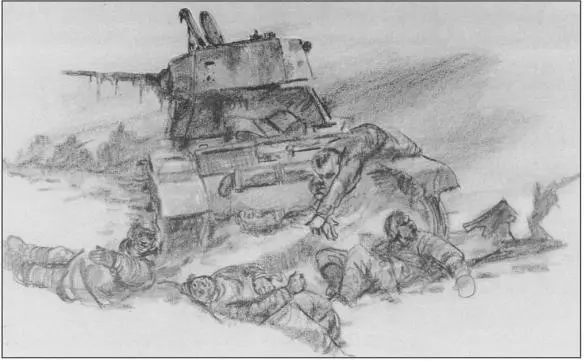
The destruction of the Stalingrad Front by the German 11th Army.
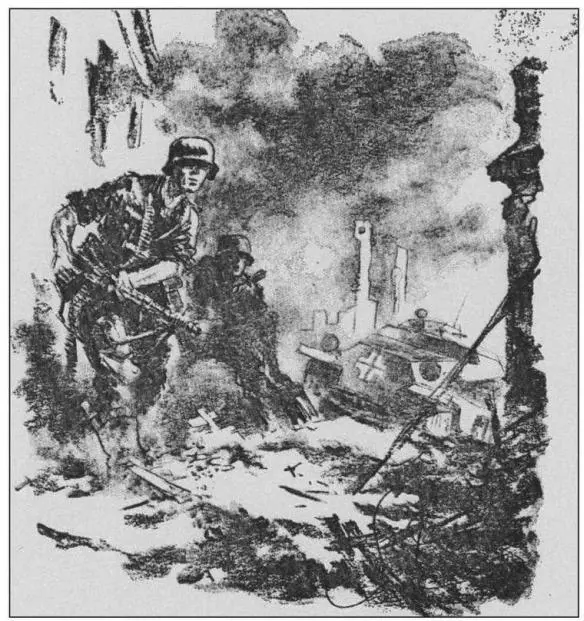
The fighting in Stalingrad was so close and bitter that the German soldiers called it Der Rattenkrieg.
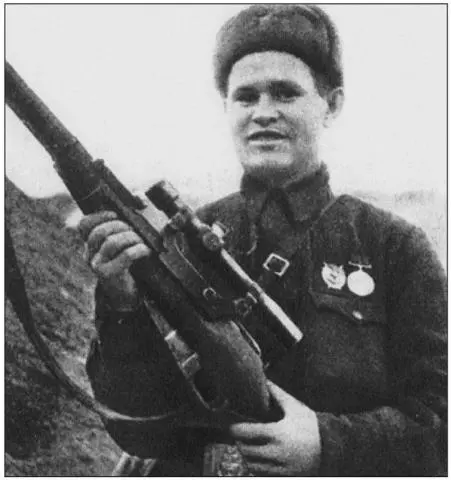
Warrant Officer Vassili Zaitsev with his Mosin-Nagant sniper’s rifle.
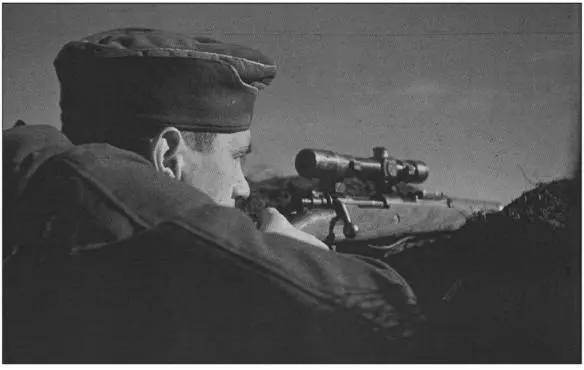
Oberjäger Heinz Pohl with his Kar 98k rifle. He took on the cover name of Major König to deceive the Soviets in the fighting in Stalingrad. He and Zaitsev combined to change the course of history.
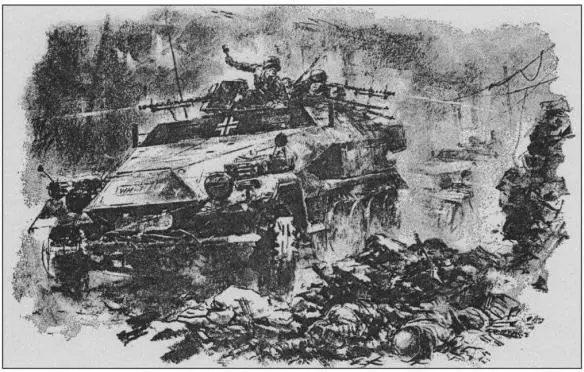
‘Manstein is Coming!’ The LX Panzer Corps’ Grossdeutschland and 6th Panzer Divisions broke through, keeping Manstein’s promise to relieve the surrounded German armies.
Читать дальше
